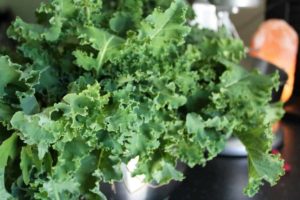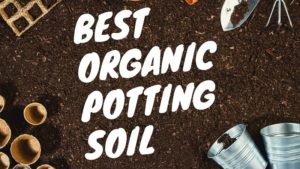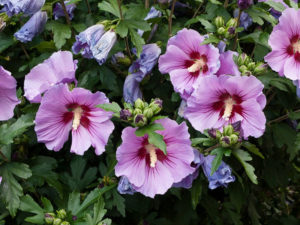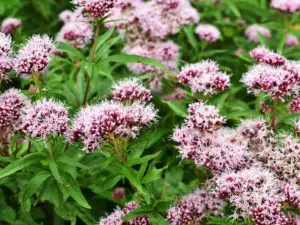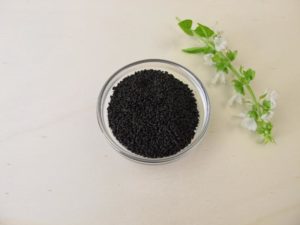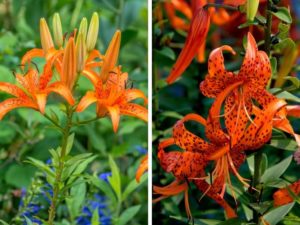Corn is a healthy, tasty grain, and growing your own corn is easy, affordable, and good for the environment. Corn thrives in sunny spots in hot, dry climates, in the ground or in raised beds. Corn can be grown indoors and outdoors, and dwarf corn varieties are better suited to indoor growing.
The Best Corn to Grow in Containers
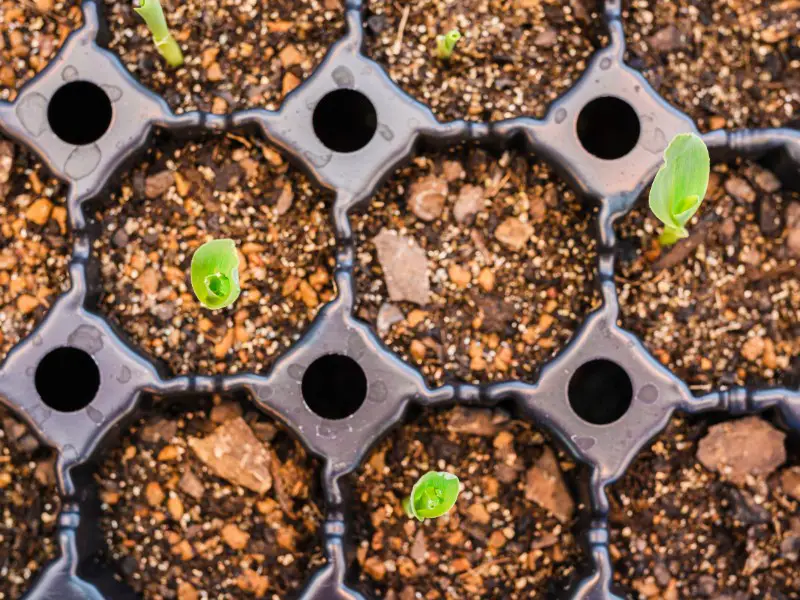
The best corn to grow in containers are plants that have shorter-than-average stalks and don’t need endless amounts of space to grow.
Consider these species of corn to grow in containers:
Trinity: short-stemmed variety with high ear-placement that reaches maturity in as little as 60 days
Sweet painted mountain: short-stemmed corn that doesn’t need much anchor room for its roots
Strawberry popcorn: a compact, space-saving plant with small ears, reaching just 6 feet in height
Sweet spring treat: small variety that does well in medium-to-large containers
Chires baby sweet: requires more growing room than the other listed corn varieties, but thrives in large containers
Some species of corn, like standard tall-growing sweetcorn, need lots of space and aren’t suitable for growing in pots.
Choosing Your Container
To get the biggest yield from growing corn in a container, ensure the container is suitably sized for your chosen plant.
Corn should be grown in a space of at least 12 inches in diameter and 12 inches deep, to allow the roots to spread in the soil and provide enough weight to hold the plant down. Four corn plants can be grown in a single 12-inch container.
As long as your chosen pot has adequate drainage and is big enough to hold the plant, it doesn’t matter what material the pot is made from.
Some good types of containers for growing corn are:
- Clay pots: porous containers that allow moisture and air into the soil
- Wooden crates: allow for good water drainage, prevent soil compaction that stunts root growth
- Laundry baskets: allow for good air circulation and water drainage, ideal for tall-growing plants
How to Grow Corn in Pots and Containers
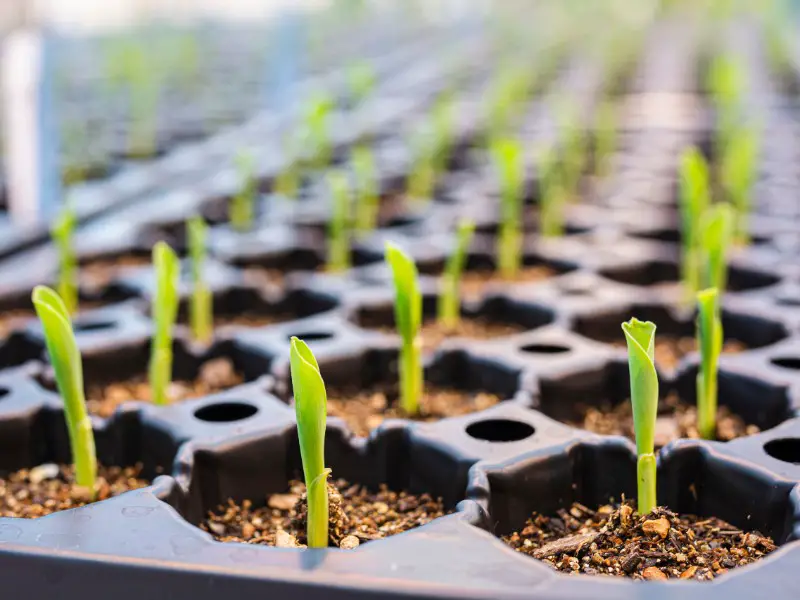
Corn in a container can be grown in environments including sunny gardens, greenhouses, balconies, and windowsills. Corn can also be grown in containers indoors.
How to Plant Corn
Wait until early spring, after the final frost has passed, before planting corn. Corn seeds should be planted in soil that retains moisture without drying out too quickly. Peat-based potting soil is best. Add all-purpose fertilizer and compost or composted manure to the soil before planting the seeds.
Place four seeds inside each 12-inch container. For every additional 3 inches of space in the container, an extra seed can be added. Press the seeds 1 inch into the soil around the outer circle of the pot, ensuring there are even distances of about 6 inches between all the seeds.
Corn Care
After planting the corn seeds, care for the seeds by doing the following:
- Choose a sunny, sheltered location for the pots. Corn grows best in full sunlight, away from strong winds
- Place the pots close together to help with pollination and encourage a high fruit production
- Ensure the soil is warm enough for growing corn. A soil temperature of 50°F is required for corn to germinate. Store the corn in a sunny location inside for the first 48 hours of growth if outdoor temperatures are too cool
- Add more fertilizer to the soil after the corn has reached a height of 3 inches. Follow the instructions on the packet to give the correct dose for healthy growth
There are several common pests that feed on corn, including seed-corn maggots, southern corn rootworms, corn flea beetles, and corn earworm moths. To protect corn from pests, dab a small amount of vegetable oil on the silks of each corn ear.
Signs of unhealthy corn are deformed leaves, bent-over stalks, yellow- or green-streaked leaves, gray-white growths on the ears, incomplete kernel development, and mold. Remove diseased or damaged sections of the plants, pick off pests, and ensure the corn’s growing conditions are optimal. Replace the soil with a fresh batch.
Harvesting Corn
Corn should be harvested around six weeks after the silks at the ends of the husks have formed. When corn is ready to harvest, the husks remain green, but the silks turn brown. At least one ear should be found on each stalk, and a milky liquid should be present inside the kernels.
To harvest corn, follow these steps:
- Harvest corn early in the morning. Grasp the ear and pull down, twisting at the same time. The corn should come off the stalk easily
- After harvesting, pull up the corn stalks and place them in your compost bin
- Place the corn in a colander and rinse with cold water before leaving to air-dry at room temperature
- Store the corn in an airtight container in the refrigerator for five to seven days, or freeze the corn for 12 months
Start Growing Corn at Home

Growing corn in pots is useful if you don’t have the space to grow corn in your garden. You can grow corn in pots on your windowsill or balcony, or by your front door.
Corn is a delicious, versatile plant that comes in lots of different varieties. Experimenting with growing different types of corn and tasting the different crops is fun and rewarding for gardeners of all experience levels.
You need pots of at least 12 inches in diameter and 12 inches deep for growing corn, so ensure you have a large space to place this big pot before deciding if potted corn is right for you. Corn needs full sunlight to grow, so to support germination, choose a sunny spot for your potted corn.

